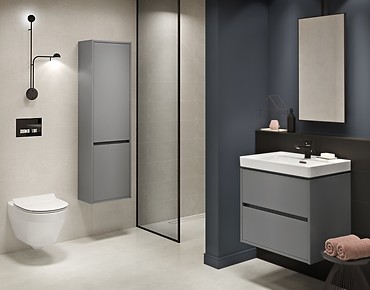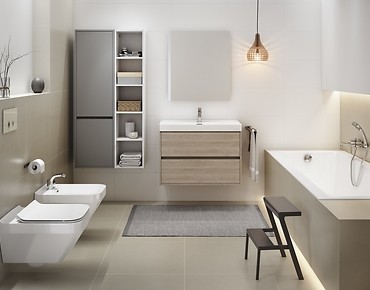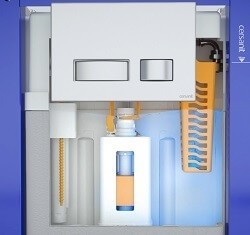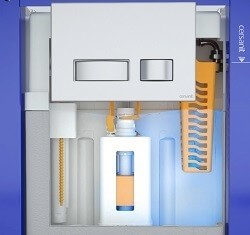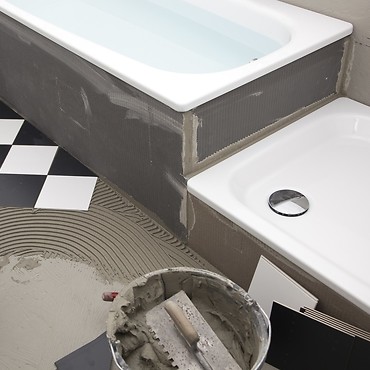How can you protect the bathroom from moisture?
How can you protect the bathroom from moisture?

Almost every activity we perform in the bathroom every day requires the use of water. Walls, floors, furniture and accessories are exposed to its direct influence. Can you effectively protect them from the harmful effects of moisture? Yes, you can. Here are some tips on how to do it.
The influence of water and moisture can be destructive. Even in small quantities, it can destroy furniture made of unprotected wood or board, or penetrate walls and floors causing mildew and other fungi to develop. The damage can be small, or - in the case of a broken pipe - really significant and expensive.
And yet, try as we might, we cannot avoid water in the bathroom. It is present every day throughout the wet zone - at the bathtub and washbasin and in the shower cabin, and in the event of a breakdown, also by the washing machine and toilet bowl. Therefore, bathroom waterproofing is not only an option but an absolute necessity.
Under the tiles - liquid foil
Fortunately, there are many materials and solutions available on the market that help effectively protect floors and walls from moisture. So-called liquid foil, which is used in the initial stage of renovation works - it is applied even before laying the tiles.
It is intended for concrete, plasterwork and drywall. It is applied to previously primed surfaces with a brush or roller in two perpendicular layers (crosswise), so that it is at least 1 mm thick. Importantly, additional tape and corner protectors should be applied between the layers in the corners, i.e. the places where the walls meet the floor, and appropriate flanges should be placed at the ventilation and sewage grids. After the application and drying, the foil should form a homogeneous, slightly elastic coating. Properly used, it will effectively prevent the penetration of water into the ceiling or walls.
Ventilation
Although one broken pipe can cause dramatic damage, the practically invisible water vapour deposited on the walls and bathroom furnishing every day can also be destructive. The best protection against it is… adequate ventilation. Currently, in many buildings, due to the widows being too tight, traditional gravitational ventilation is inefficient. This often results in dampness of not only bathrooms, but even entire apartments and houses! A simple and relatively effective way to improve the efficiency of ventilation is to install forced ventilation - that is, appropriate electric fans.
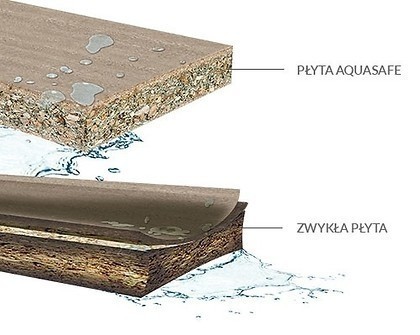
Modern antibacterial technologies
Securing walls and floors - although it is a necessary stage - is not enough. It is equally important to protect all of the other bathroom equipment from moisture. Including furniture. Fortunately, furniture collections with increased resistance to moisture are already available on the market. For example, CREA bathroom furniture fronts and bodies made of Aquasafe board do not absorb water, do not swell due to moisture, and are also resistant to mould. Aquasafe offers significantly better properties than the traditional wood-based boards used in bathroom furniture.
See more tips in this category
-
FRESH SYSTEM - a guarantee of freshness
The WC concealed systems with the FRESH SYSTEM feature a dedicated container for toilet fresheners. The ... -
QUICK FIX - universal mounting brackets
The new AQUA WC concealed systems are equipped with very handy QUICK FIX wall brackets for easy ... -
Bathtub installation — the most common mistakes and how to ...
The bathtub is usually the central point of the bathroom. The place that is associated not only with ...

